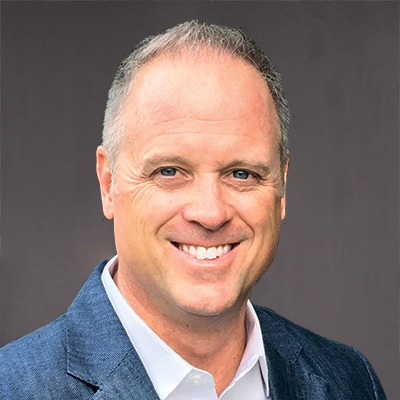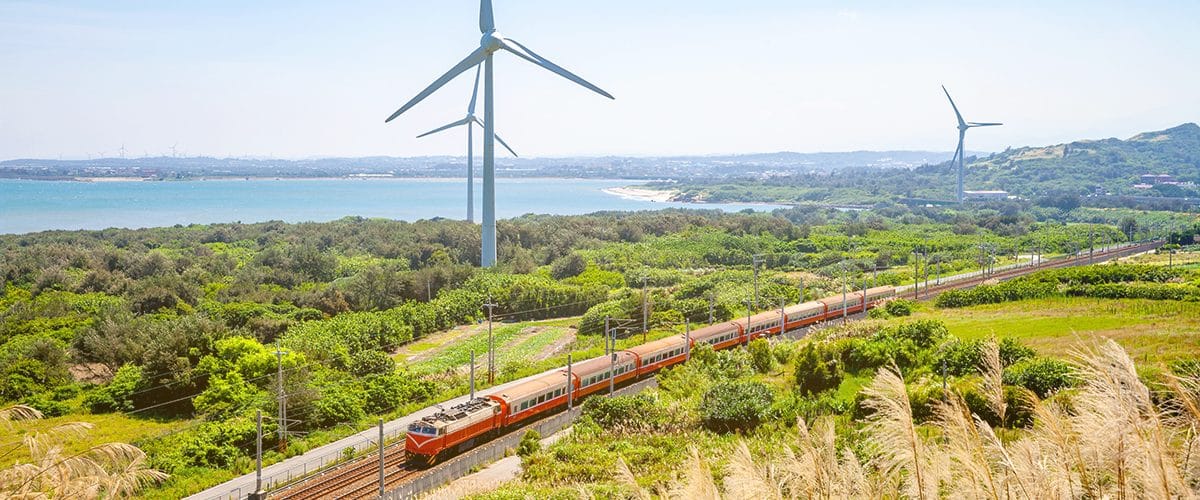Recently, 3Degrees hosted a CDP webinar with two of our clients, Sia Xeros, Environmental Sustainability Lead at Mastercard, and Pat McLaughlin, Sr. Vice President of Corporate Social Responsibility at Verisk, to discuss their experiences with international renewable energy markets. Both of these organizations have demonstrated climate leadership, achieved important firsts, and report to CDP on their progress.
We had an engaging discussion with these two partners, as they shared how they have successfully navigated through some common international market challenges to meet their goals. If you were not able to join us live, you can find the recording here. In the meantime, here’s a quick summary of a few of the key takeaways.
Addressing energy loads on an international scale is complex
Mastercard has 133 offices in 79 countries and Verisk has offices in 30 countries. While the lion’s share of their electricity consumption occurs in a few locations, they need options for addressing the significant number of countries with smaller loads to meet their corporate emissions reduction goals. In addition to geographically dispersed energy loads, another challenge shared by both companies is the large number of leased buildings. Without building ownership, the companies have fewer options for energy procurement, making it harder to address their global electricity consumption footprints.
Considering the above challenges, both Mastercard and Verisk noted that the proliferation of energy attribute certificate (EAC) markets across the globe has allowed them to take immediate action to address their global energy footprint.
It’s critical to understand the nuances of in-country product options
Understanding which EACs are available in each region is a critical part of the puzzle. The options vary quite a bit between the U.S., U.K, Australia, Japan, Morocco, and Kazakhstan (just to name a few of the countries where our webinar guests have operations). While all EACs convey the environmental attributes of one megawatt-hour (MWh) of renewable electricity generated, there are important differences across products and national markets that can affect claims, impact, and availability. For instance, while the North American Renewable Energy Certificate (REC) and European Guarantees of Origin (GOs) markets were created over a decade ago by governmental entities, I-RECs and TIGRs are relatively new markets that were created by non-governmental entities in collaboration with key stakeholders in each country. Understanding regulatory and market dynamics is critical to successfully navigating the international landscape.
Another factor to consider is the range of generation and other non-energy attributes included in any EAC. There are many ways to differentiate product purchasing and support renewable energy projects with specific characteristics. Mastercard and Verisk created a purchasing framework and then used it to make decisions that balance the products available (e.g. project location, technology, commercial operation date) with reporting needs (e.g. CDP, RE100, SBTi) and external factors (e.g. country-specific regulatory constraints).
Companies often express how overwhelming it can be to manage and assess purchasing options across many international markets, especially since regulatory and market conditions are constantly evolving. Both of our webinar guests highlighted how it can be helpful to partner with an expert who can guide companies through this process, including evaluating each country’s policies to ensure the product meets the quality criteria required for Scope 2 accounting and understand opportunities for impactful purchasing across multiple markets.
Internal goals and stakeholders play an important role
Since 2017, Mastercard has had a goal of 100% renewable energy across all of its global offices and was the first payments industry company to achieve this recognition.
“We have set a 100% renewable energy goal and we continue to hit it every year. We work with them [3Degrees] to find the best country specific methods we could.” Sia Xeros, Mastercard
And the company continues to focus on incremental progress every year, evolving its purchasing strategy to take advantage of new in-country options that have become available.
While setting internal goals is the first step, communicating these actions and the progress on the goals is just as important. Both Mastercard and Verisk communicate their progress through their global environmental, social and governance (ESG) reporting.
Additionally, the 8,800 employees at Verisk have been a significant driver for action. In 2017, Verisk’s investments in EACs and carbon offsets helped them become carbon-neutral. Pat McLaughlin explained, “We’ve used this as an opportunity to get our people fairly engaged on the topic. They know that our investments are spread around the countries where our teams are actually doing business and, in most cases, where they live. We’re able to select certain projects that our employees can identify with. It is an opportunity to bring people together.”
It was a pleasure to serve as the moderator for this webinar and listen to these two corporate leaders in sustainability share their approach to international renewable energy markets. As we heard from both Mastercard and Verisk, a commitment to global renewable energy usage does not come without challenges – but these challenges are not insurmountable, as evidenced by the success of both of these companies. If your organization is considering renewable energy options for your global operations and is interested in the guidance of an experienced partner to help you navigate your options, then I’d love to hear from you.

(respondents could select more than one answer)

